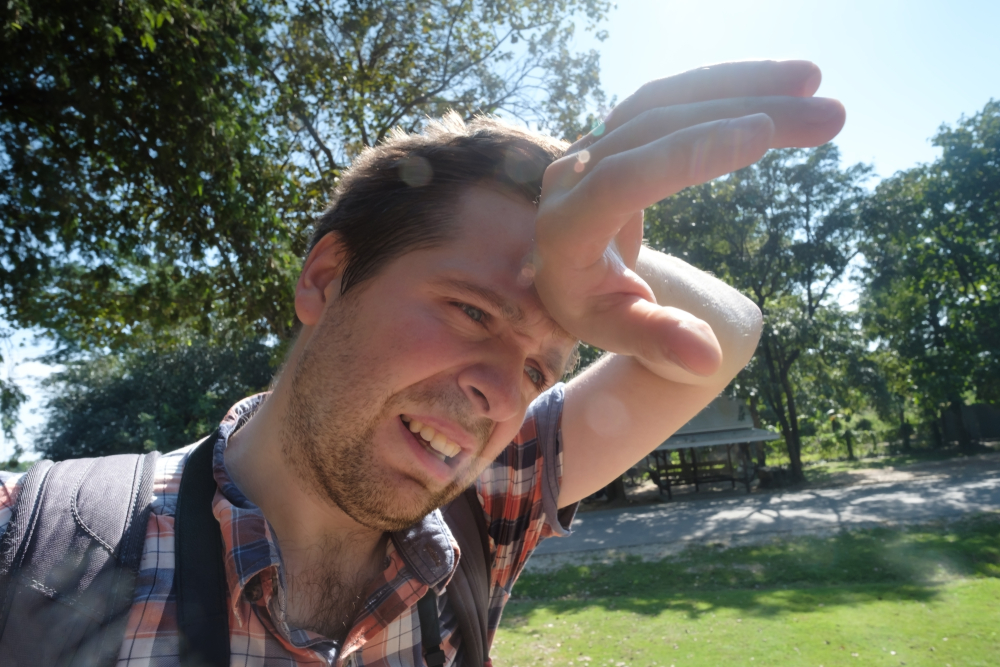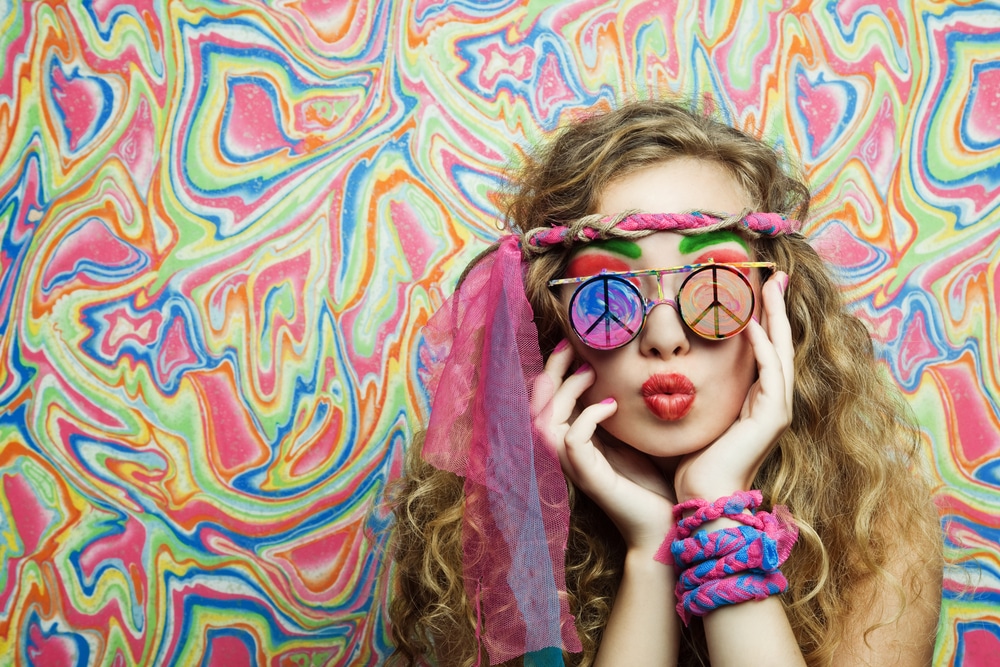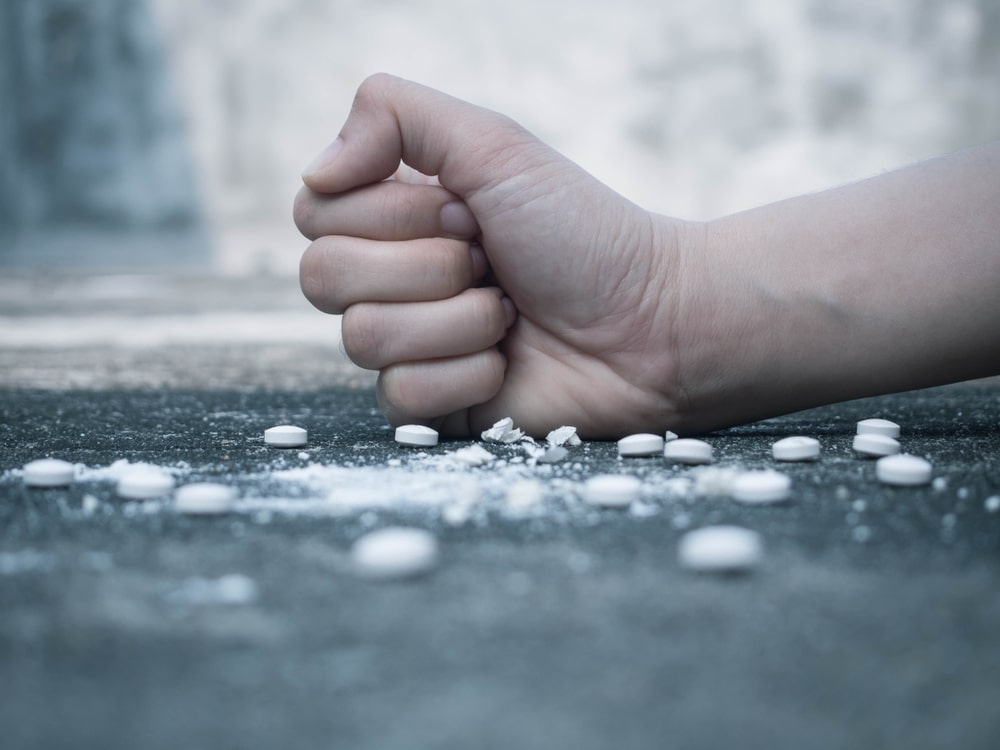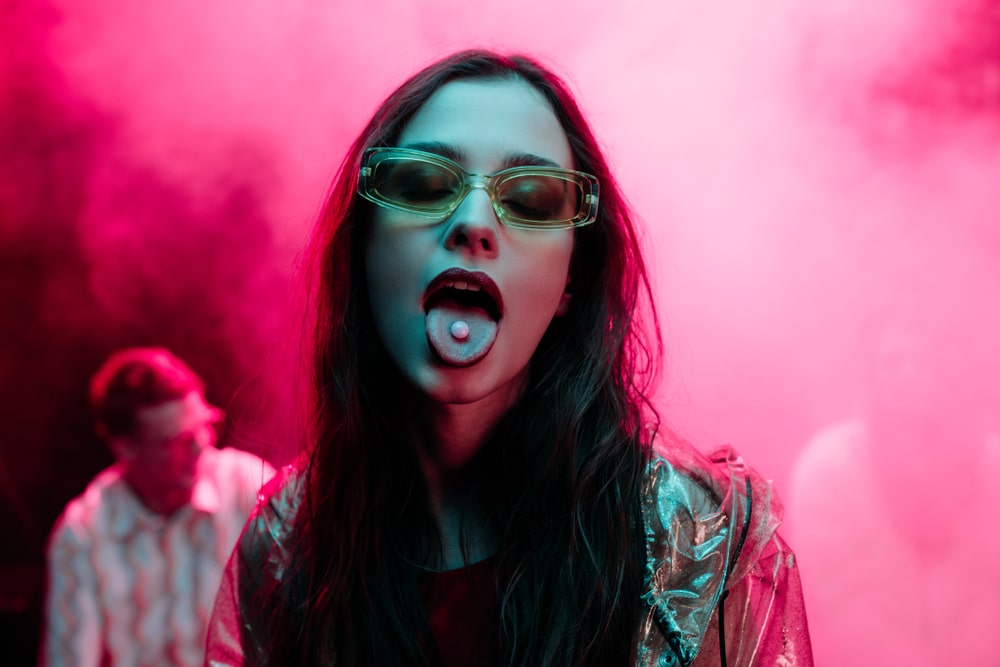Can Creativity Be Harmed By Drugs?
The idea that drugs and alcohol are necessary for the creative process is popular, but it is also controversial. On the one hand, many notable figures in history were heavy drinkers or drug users and produced great works of art while under the influence. Also, there is no real evidence to suggest that drugs and alcohol improve creativity.
Many people find that they are less creative when under the influence of drugs or alcohol. So while it may be true that some great artists have used drugs or alcohol, it is also true that many great artists have not.
There is no clear answer to whether drugs and alcohol are necessary for the creative process. However, what is certain is that drug and alcohol abuse can harm creativity and prevent you from reaching your full potential as an artist.
This article will explore the myth about creativity and drug use and show that you don't need to use drugs to be creative.
Are Drugs and Alcohol Necessary for Creativity?
To explore this topic, let's look at some of history's most famous creative minds. Did they use drugs to get their great ideas?

Take, for example, the writer Oscar Wilde. He was known for his heavy use of absinthe. But was it absinthe that helped him create his masterpieces? Or did it simply provide him with an escape from the banality of everyday life? We may never know for sure.
Another notable figure is the painter Vincent van Gogh. Many have speculated about whether he may have used drugs to enhance his creativity or not. Unfortunately, there is no definitive answer, as van Gogh's letters offer conflicting accounts. In some instances, he appears to be quite critical of those who use drugs, while in others, he seems to experiment with them himself.
While some cases might be unclear, the reality is that drugs and alcohol do little or nothing to boost creativity. In fact, they can have a negative impact as they make it hard to focus or may lead to impulsive decisions that can ruin a work of art. Drugs can also cause mood swings that make it hard to maintain the consistency necessary for a successful creative project.
Scientists have been able to objectively assess the effects of drugs on measures of creativity, and here are some results.
LSD
Researchers from Okinawa Institute used functional neuroimaging methods to assess the effects of LSD on creativity. The findings revealed that LSD:
· Reduces the capability to appreciate cause and effect
· Induces decreased restraint in the brain
· Inhibits the ability to categorize, organize and tell apart the components of conscious experience
According to the findings, brain activity may trigger novel perceptions, but the capacity to apply these perceptions to come up with new concepts is impaired.
Cannabis
Researchers from Leiden University assessed the effects of cannabis on creativity. They administered 22mg of THC to participants and tested creativity by applying convergent (Remote Associate Task) and divergent (Alternate Uses Task) tests to the volunteers. They noted that the placebo and lower dose groups didn't experience any effect on their divergent thinking or creativity. On the other hand, the high-dose groups experienced a decrease in divergent thinking.
Alcohol
A study in Sweden found that the consumption of alcohol lowered the fluency of idea generation when matched to that of a control group. Another study indicated that creative writers had less idea flexibility but increased the number of non-obvious original ideas. Yet another study showed that alcohol had no clear effect on divergent thinking. However, the study participants said their performance was more creative when they believed they had received alcohol.
Why do Creatives Resort to Drugs and Alcohol?

The constant pressure to churn out new ideas can place high stress on artists and lead to burnout. There's an ever-growing need for fresh content, and creative minds are working extra hard to keep up with the demand.
In most cases, they feel overwhelmed and turn to drugs to improve their creative output. They do so to try to curb symptoms of burnout like:
· Fatigue
· Bad mood
· Physical and mental exhaustion
· Losing interest in creative work
· Confusion and overwhelm
· Mind fog
The problem is that drugs can hurt creativity. Long-term use can lead to health complications too. For example, one may develop a tolerance, drug dependence, or even substance use disorders. Attempts to quit may end with withdrawal symptoms, etc. Higher doses may also cause life-threatening symptoms or even death.
How Drugs Can Harm Creativity - Research Findings
Drugs and alcohol can have a profound effect on your creativity. Substance abuse can:
· Cause mental health problems like anxiety and depression, which can, in turn, make it difficult to be creative. In some cases, mental health issues can drive creatives to abuse substances.
· Hamper creativity by impairing cognitive function and disrupting normal brain activity. They affect the parts of the brain that are responsible for creativity, making it more difficult to come up with new ideas.
· Make it difficult to focus and concentrate, both of which are essential for being creative.
· Cause tolerance and dependence, which can lead to life-threatening withdrawal symptoms.
· Lead to addiction, which can destroy relationships, damage careers, and lead to financial ruin.

Drug abuse is a dangerous habit that can have devastating consequences for creative people. So if you're looking to tap into your creative side, it's important to be mindful of how drugs and alcohol might be affecting you.
How to Maintain Your Creativity without Resorting To Drugs
To maintain your creativity without resorting to drugs, you need to find a healthy outlet for your ideas and impulses.
1. A good place to start is by journaling. Taking the time to write down your thoughts can help you sort through them and figure out which ones are worth pursuing.
2. You can also try brainstorming with friends or colleagues. Brainstorming can help you get feedback on your ideas, and it can also give you a chance to explore new ideas.
3. Additionally, it's important to make time for creative activities that you enjoy, such as painting, photography, or writing. Doing things that you love will help to keep your creative juices flowing.
4. Finally, don't be afraid to take risks with your ideas. Trying new things can take your imagination to a whole new level.
While it might be true that drugs and alcohol temporarily boost creativity, the long-term effects are often disastrous. In fact, many studies have shown that drug abuse harms creativity more than it helps. If you're struggling with drug addiction and want to maintain your creative output, please reach out for help. MoreThanRehab can plug you into the right addiction treatment so you can get the care you need and start rebuilding your life.





